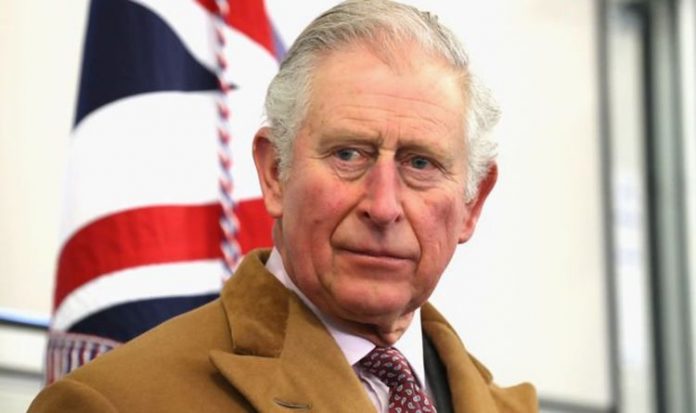Prince Charles, 72, is the oldest heir apparent in British history and is expected to take the crown when Queen Elizabeth II, 94, can no longer serve. As the future head of the Royal Family, Charles is key to the monarchy’s survival and, as with all senior royals, there is a plan in place in case of his death. Operation London Bridge is the codename used for the plan to be enacted in the days following the Queen’s death and her son Prince Charles has a similar set-up.
What is the secret code name for Prince Charles’s funeral plans?
Operation Menai Bridge is the code name used to refer to the funeral plan for Prince Charles.
The Menai Suspension Bridge is a Welsh bridge connecting the island of Anglesey with the Welsh mainland and refers to Charles’s role as the Prince of Wales.
While the precise details of Operation Menai Bridge are a closely guarded secret, Charles is likely to have a state funeral as will his mother, the Queen.
READ MORE: Camilla and Charles romance because she understood seriousness of role
What will happen when the Queen dies?
What will happen following the Queen’s death has been planned for since the 1960s under the name Operation London Bridge.
The plan is regularly updated and involves government departments, the Church of England, Metropolitan Police Service, the British Armed Forces, the media, the Royal Parks, London boroughs, the Greater London Authority and Transport for London.
As heir apparent, Prince Charles has some say in how the plan will be enacted when the time comes.
However, this would take an act of Parliament and would not be immediate.
Upon the Queen’s death Prince Charles will automatically become king, whether or not he chooses to abdicate at a later date remains to be seen.
Addressing the matter on its website the UCL Constitution Unit states: “Under common law, Prince Charles will automatically become King the moment the Queen dies.
“Prince William could only become King if Prince Charles chose to abdicate.
“That would require legislation, as happened with the Declaration of Abdication Act 1936.
“The line of succession is regulated by Parliament (as in the Act of Succession 1700, and the Succession to the Crown Act 2013); it can be changed only by Parliament and cannot be unilaterally altered by the monarch.”







